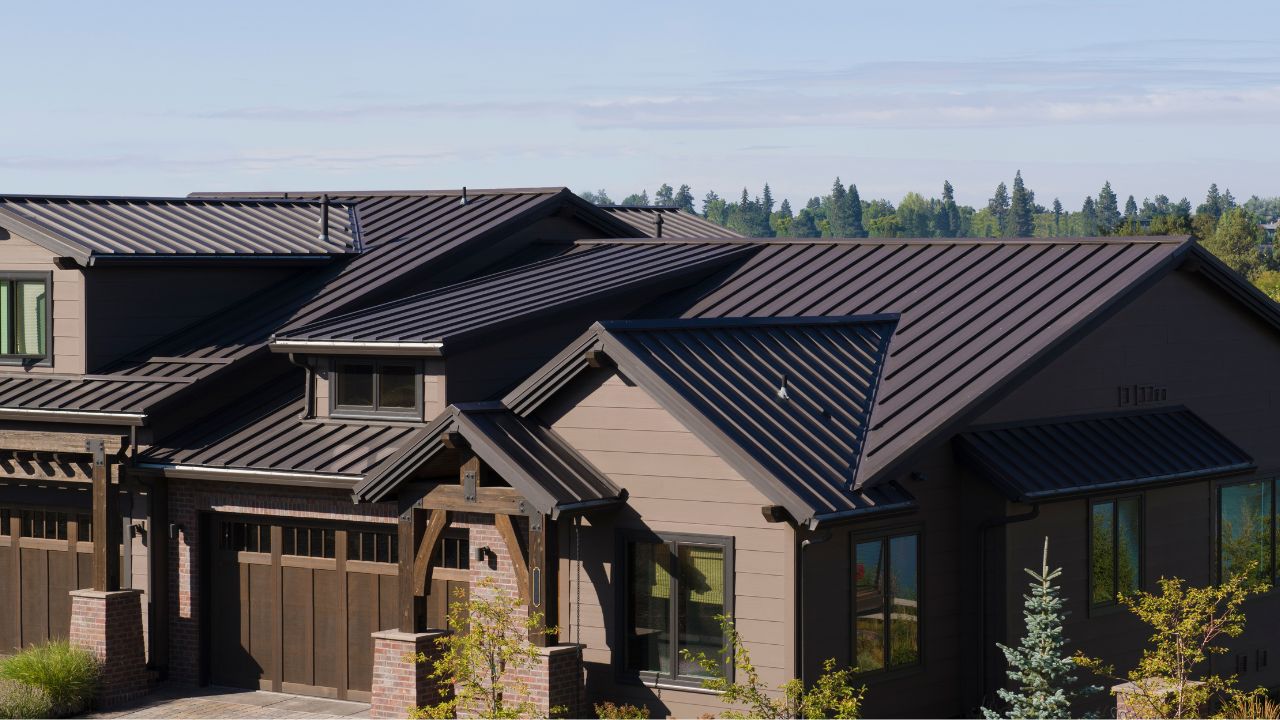Light gauge metal buildings with solid metal support beams and various unique outer appearances have introduced significant changes when it comes to the construction of a building. These versatile, resilient, and cheap structures are steadily growing in use in many industries and sectors.
Nonetheless, efficient insulation poses a decisive factor in upgrading energy management systems, regulating internal temperatures, and minimizing noise pollution.
This article delves into innovative insulation techniques tailored for these metal constructions, promising to elevate their functionality and contribute to sustainability and peace of mind. For more details, visit conch-container.com.
The Importance of Effective Insulation
Insulation, in the case of metal buildings, enables the regulation of internal temperatures and also ensures that energy is not used excessively. Because of poor insulation, the conduction nature of metallic structures results in expensive heating and cooling impacts in winter and summer, respectively.
It not only changes the living conditions but also increases the expenses of utility bills. Advanced methods of insulation are therefore necessary not simply to make these structures comfortable but, more importantly, to ensure that they are functional and sustainable.
Major Insulation Techniques to Use In Metal Buildings
Following are some of the most innovative insulation techniques that can be used for metal buildings:
Reflective Insulation Systems
Reflective insulation, also referred to as radiant insulation, is most useful in metal buildings where heat must be excluded. In this technique, aluminum foils are employed to assist the walls in allowing heat in the form of radiation to escape from the building.
Thus, this kind of product is relatively cheaper and requires almost negligible input to install. Hence, it becomes an attractive proposition for making their structures more energy efficient.
Spray Foam Insulation
Spray foam insulation is renowned for its adaptability and exceptional efficiency in filling gaps and sealing spaces tightly. The process entails dispensing a liquid substance that swiftly swells into a foam form, perfectly molding to the contours of the area it occupies.
This method offers excellent thermal resistance and moisture control, which is vital in preventing mold growth and corrosion in metal buildings.
Rigid Board Insulation
Rigid board insulation is another innovative technique suited for metal buildings. Made from materials such as polyurethane, polystyrene, or fiberglass, these boards provide high insulation values with minimal thickness, making them ideal for spaces where preserving interior space is a priority.
Additionally, rigid boards add structural strength to the building and are often used in roofs and walls where extra rigidity is beneficial. Their easy installation and ability to withstand extreme temperatures make them a robust insulation option.
Fiberglass Insulation
Fiberglass insulation has also been developed to fit the needs of modern metal buildings. Today’s fiberglass insulations provide tight contact with the metal frame of buildings, making them an economical and efficient solution for improving a building's thermal performance.
Current innovations in fiberglass materials have enhanced their ability to withstand moisture, and they are environmentally friendly, therefore encouraging the use of light gauge steel buildings by the concerned owners.
Insulated Metal Panels
Insulated metal panels, or IMPs, are one of the newest lines in metal cladding and insulation technologies. In these panels, the metal skin serves as insulation material. These panels are factory-made with insulation material between two metal sheets, creating a very effective insulation barrier for metal construction buildings.
IMPs are known for their quick installation, superior thermal performance, and aesthetic versatility. They offer various finishes that can mimic traditional construction materials.
Conclusion
Modern technologies used in light gauge metal buildings provide evidence that the construction industry continually strives to make the environment more efficient, sustainable, and comfortable for users.
These literally range from low-profile systems that block heat from the sun to the more broad categories, such as insulated panels made of metal, which meet all the varying needs of applications in metal buildings for construction.


